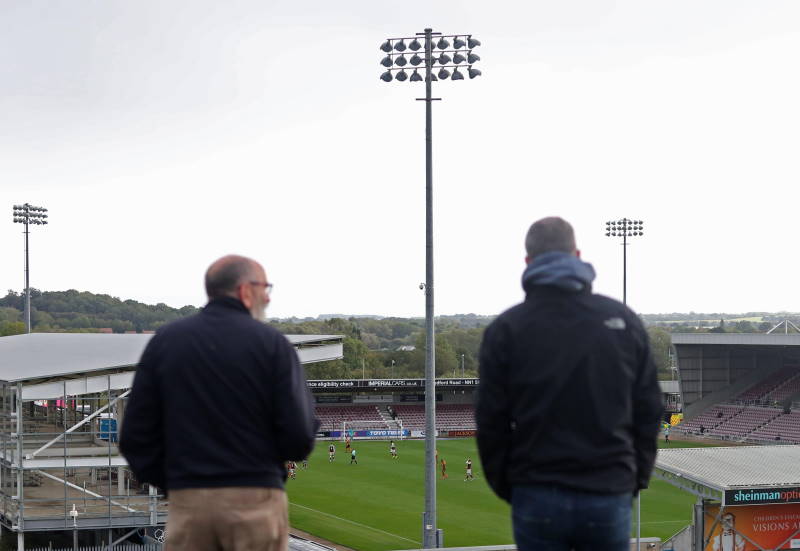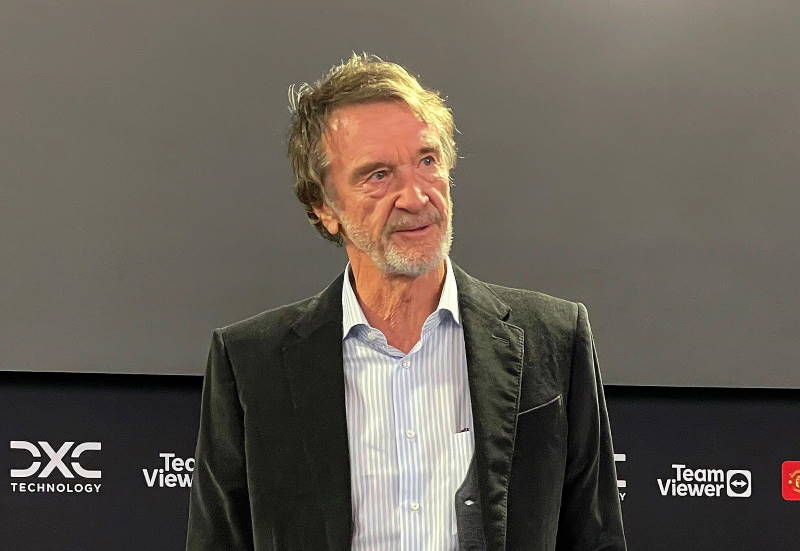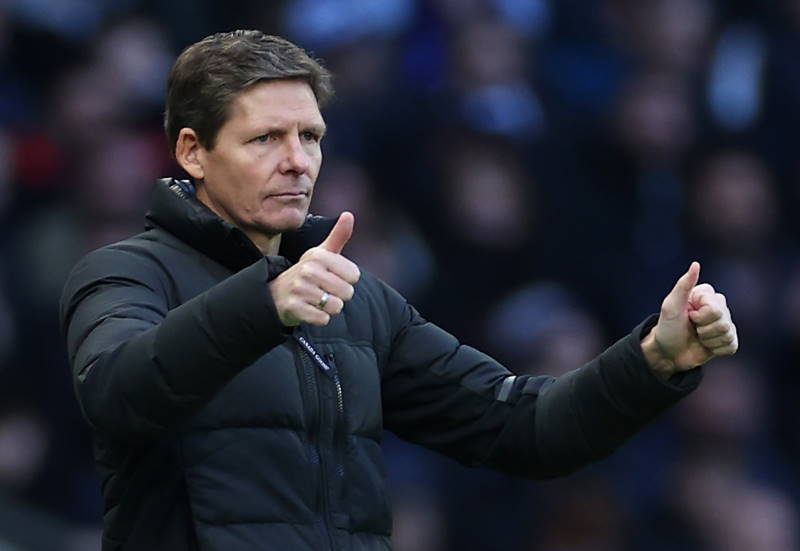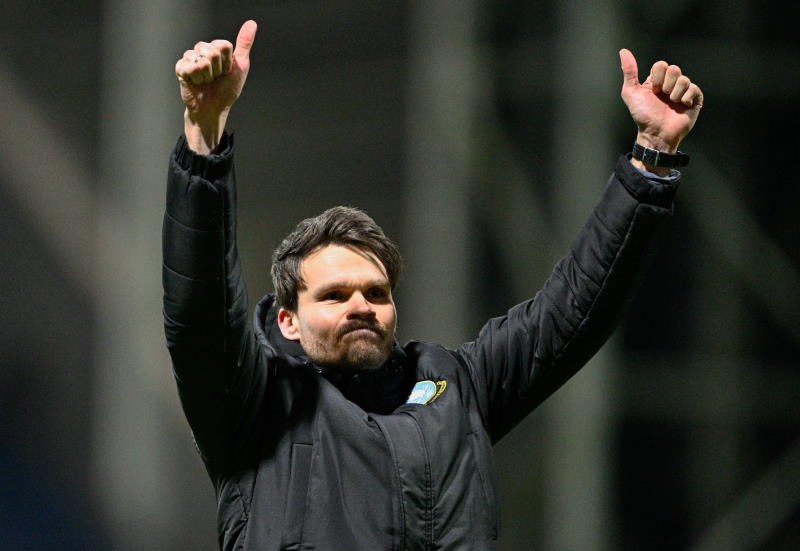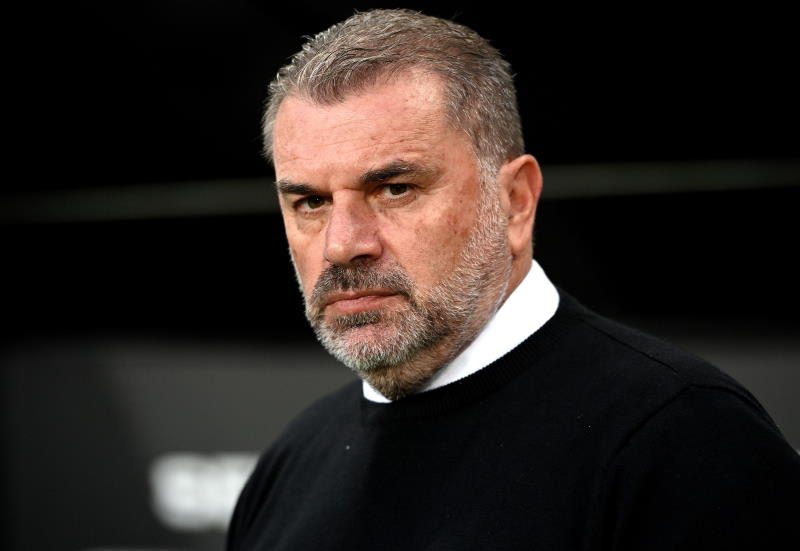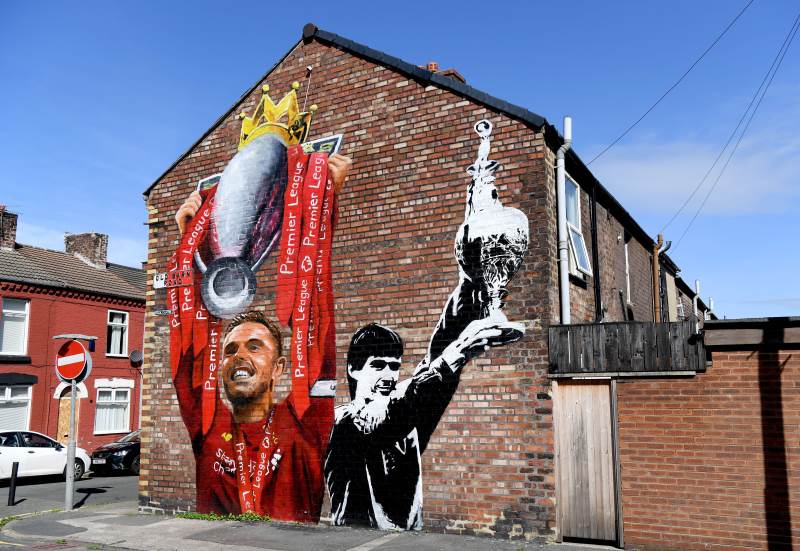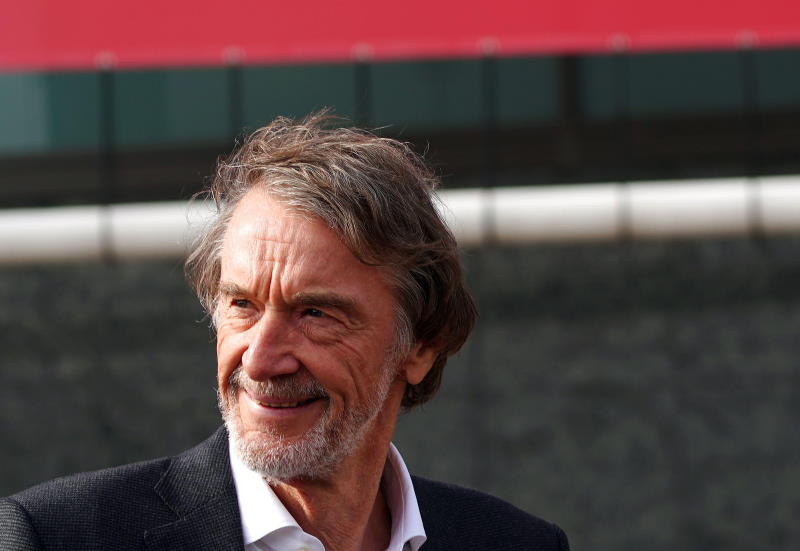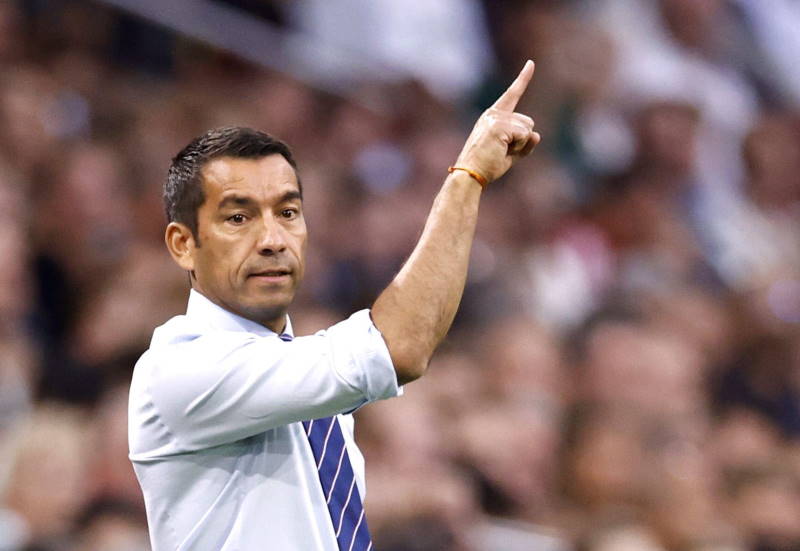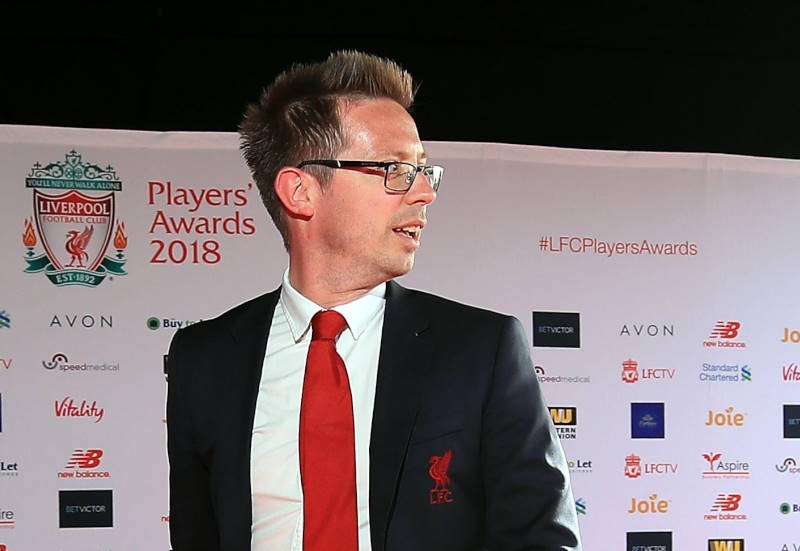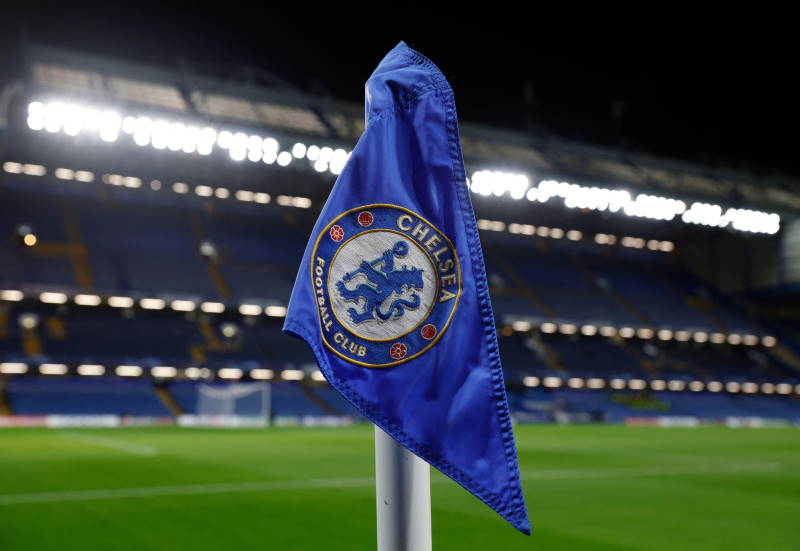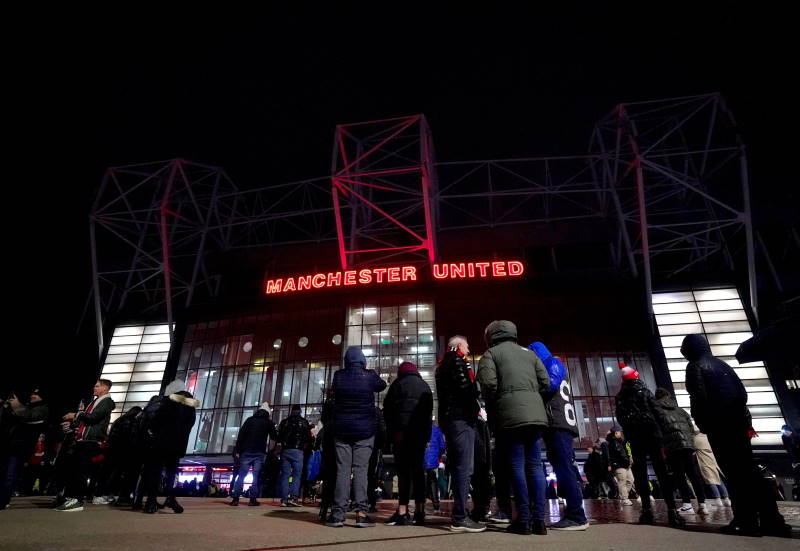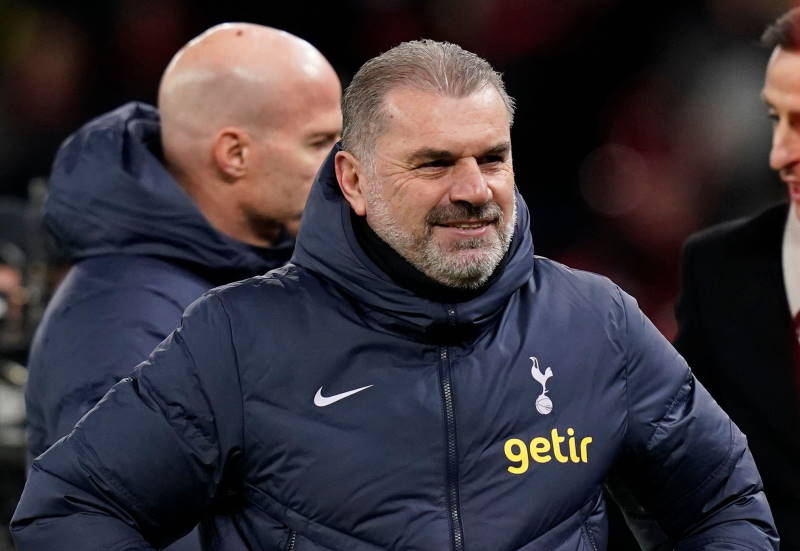
Liam Barnes
Rarely when a sugar-daddy with oodles of cash and a burning desire to spend it declares his intention to send a club rocketing to the top of the football stratosphere does it engender sympathy in other fans (most obviously with Chelsea when Abramovich landed six years ago). But Manchester City, so long synonymous with car-crash football and foot-shooting self-destruction, have still remained relatively popular. However, in the boldest attempt yet to break up the much-maligned stranglehold of the ‘Big Four’, City have taken some rather large gambles, and not just with their status as a ‘second club’.
The first risk it seems City have taken would be the lack of restructuring done to their defence, the most troublesome department for the last few years. Mark Hughes did well in buying the versatile Pablo Zabaleta and Vincent Kompany last summer, but while Wayne Bridge and Kolo Touré were top-four defenders, they were not regulars (Touré, the last ‘Invincible’ to leave, fell out of favour last year), they can be given torrid times, and there is room for improvement in their positions. It’s hardly City’s fault that they could not get John Terry, and even if they fail to sign a good second option, a first-choice back four of Bridge-Touré-Dunne/Kompany-Zabaleta, with Richards and Onuoha amongst the cover, it is a good Premier League defence, but hardly one to build a title challenge on.
Another potentially dangerous decision is the recruitment of a sizeable amount of not just big names, but big egos, which could be problematic without a strong leader to enforce Mark Hughes’ will on the pitch. Adebayor was a magnet for trouble at Arsenal and often flirted with AC Milan and other clubs when things went awry, and Touré was hardly a vocal member of the notoriously rudderless Gunners. Barry may have been Aston Villa captain for a couple of seasons, but he was a leader by example rather than one with an iron fist. A stern disciplinarian may be needed to deal with the histrionics of Robinho, the dramas of Adebayor, and the ghost of Joey Barton that lies (currently) dormant in Craig Bellamy. Add in Tevez’s disgruntled nature should he be asked to sit on the bench, and an Eastlands mutiny could undermine any surge up the table.
Perhaps the biggest change by Man City this year has not been the overhaul in personnel, but the large gamble in changing the formation that the top-heavy recruitment hints at. The acquisitions of Adebayor, Santa Cruz and Tevez, while offset by the departures of Vassell, Bojinov, Evans and Caicedo, point to a change from the 4-5-1/4-2-3-1 begun by Sven-Goran Eriksson and developed under Mark Hughes, to a more traditional 4-4-2 set-up. The basic system of employing two holding central midfield players (Gareth Barry and Nigel de Jong) to cover and compensate for the defensive deficiencies of the wide men (two from Robinho, Wright-Phillips, Martin Petrov, possibly Craig Bellamy and at a push even Tevez), with a tall, line-leading striker up top, is essentially a new and improved version of what has tactically served City well.
 The key change has come about with the hiring of Tevez, which means that rather than playing Stephen Ireland as an attacking midfielder between defence and attack (it would be misleading to say ‘in the hole’ in this case, as Ireland really is more of a midfielder than a forward, however advanced his role may be nominally), Tevez will be the little bundle of energy running around and a head for the big striker to knock it down to.
The key change has come about with the hiring of Tevez, which means that rather than playing Stephen Ireland as an attacking midfielder between defence and attack (it would be misleading to say ‘in the hole’ in this case, as Ireland really is more of a midfielder than a forward, however advanced his role may be nominally), Tevez will be the little bundle of energy running around and a head for the big striker to knock it down to.
The change may seem slight, but it is important for a variety of reasons. Firstly, Tevez is definitely a striker, and though he tracks back a fair bit, he’s not quite Rooney-esque in his selflessness. What may have been added up front in bringing the Argentine in for Ireland is certainly lost on the defensive side, which could be very costly against the bigger sides, especially against quick counter-attackers such as Aston Villa or Manchester United. Also, while Tevez is undoubtedly a world-class forward, his impact for Manchester United was largely peripheral, usually the first forward to be benched or sacrificed if it was needed, and his record of goals to appearances is not that impressive – factor in the inauspicious start at West Ham when he arrived in 2006, and there are no guarantees.
Most intriguing, though, is what City will do with Stephen Ireland, easily their best performer last year (and unlucky not to win Young Player of the Year ahead of an Ashley Young who fell away partly after his red card at Sunderland in January) – will he be on the bench, ready to change the game as a supersub like Tevez was at United? If a big-name player lacks form, will he be allowed to take over from them should he show good form? If his chance doesn’t come, could he possibly be sold? And, crucially, will Tevez for Ireland substantially improve the team’s chances of earning Champions League football?
Of course, should things go wrong for Manchester City they can always revert to the old formation, they can always get rid of any troublemakers, and the chances are that, while they will probably not make the top four this season, and may struggle to climb above the well-run Everton and Aston Villa sides, seventh, a cup win and/or European football are highly realistic bare minimum targets to set for the season. A strong performance could well see them finally make the title race as exciting, involving and unpredictable as the relegation fight often is. Plenty of fans who wish to see the top level order of English football shaken up will be eager to see them succeed.
Related Articles:
- – English Premier League 2009/10 Season Preview
- – Benitez and Ferguson at Fault for Alonso and Tevez Sagas
- – Carlos Tevez Will Have Point to Prove to Man Utd

